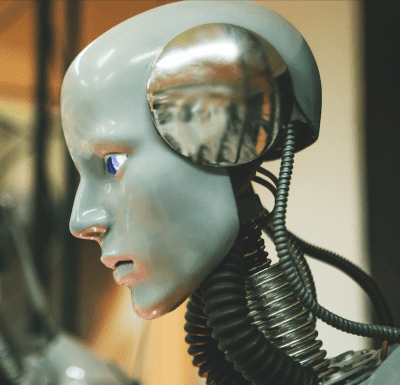When it comes to hair restoration, there’s no denying the allure of cutting- edge technologies like robotic hair transplant procedures. However, beneath their glossy exterior lies a range of safety concerns and limitations that often go unnoticed. In contrast, traditional methods, such as those offered by Distefano Hair Restoration, provide superior results with a proven track record of safety. In this article, we will explore the reasons why opting for a traditional hair transplant is a safer choice, delivering exceptional outcomes for those seeking to restore their hair.
edge technologies like robotic hair transplant procedures. However, beneath their glossy exterior lies a range of safety concerns and limitations that often go unnoticed. In contrast, traditional methods, such as those offered by Distefano Hair Restoration, provide superior results with a proven track record of safety. In this article, we will explore the reasons why opting for a traditional hair transplant is a safer choice, delivering exceptional outcomes for those seeking to restore their hair.
Individualized Assessment and Precision:
At Distefano Hair Restoration, the cornerstone of their approach is a comprehensive and individualized assessment of each patient’s unique hair loss pattern, hair quality, and facial structure. Unlike robotic procedures, which rely on algorithms and pre-programmed parameters, traditional methods involve the expertise and judgment of experienced hair transplant surgeons. This hands-on approach allows for a more precise and tailored treatment plan, ensuring the best possible aesthetic outcome for each patient.
Surgeon’s Expertise and Adaptability:
One of the key advantages of traditional hair transplant methods is the involvement of skilled surgeons who possess years of experience and a deep understanding of the intricacies of hair restoration. Unlike robots, human surgeons can adapt to unexpected challenges during the procedure, making real-time decisions based on the patient’s unique needs. This adaptability minimizes the risk of complications and maximizes the chances of achieving natural-looking results.
Sensory Feedback and Patient Comfort:
During a traditional hair transplant, experienced surgeons rely on their senses, such as touch and visual feedback, to assess tissue quality, graft placement, and patient comfort. This sensory feedback allows the surgeon to make precise adjustments during the procedure, ensuring optimal graft survival and minimizing trauma to the recipient area. Unlike robotic systems, which lack this crucial feedback loop, traditional methods prioritize patient comfort and reduce the risk of postoperative complications.
Preservation of Existing Hair:
Preserving existing hair is of utmost importance during a hair transplant procedure. Traditional methods excel in this aspect by carefully extracting donor grafts, ensuring minimal trauma to the surrounding hair follicles. Skilled surgeons can identify healthy hair for transplantation while minimizing the risk of damage to the existing hair. In contrast, robotic systems may not possess the same level of precision and may inadvertently damage or extract healthy hair, compromising overall hair density and aesthetic outcomes.
Safety and Long-term Results:
When it comes to safety, traditional hair transplant methods have stood the test of time, with a long history of successful procedures and patient satisfaction. Surgeons at Distefano Hair Restoration prioritize patient safety, employing stringent sterilization protocols and adhering to industry best practices. Additionally, their focus on long-term results ensures that the transplanted hair grows naturally and remains a permanent solution to hair loss.
While robotic hair transplant procedures may appear enticing, it is crucial to understand the limitations and safety concerns associated with these techniques. Traditional hair transplant methods offered by experienced surgeons at Distefano Hair Restoration provide a safer alternative, with a proven track record of delivering exceptional results. By opting for a personalized approach, leveraging the expertise of skilled surgeons, and prioritizing patient comfort, traditional methods ensure the best possible outcomes for those seeking a permanent solution to hair loss.


